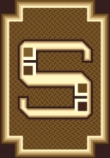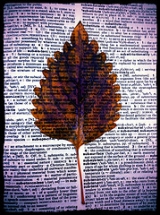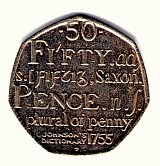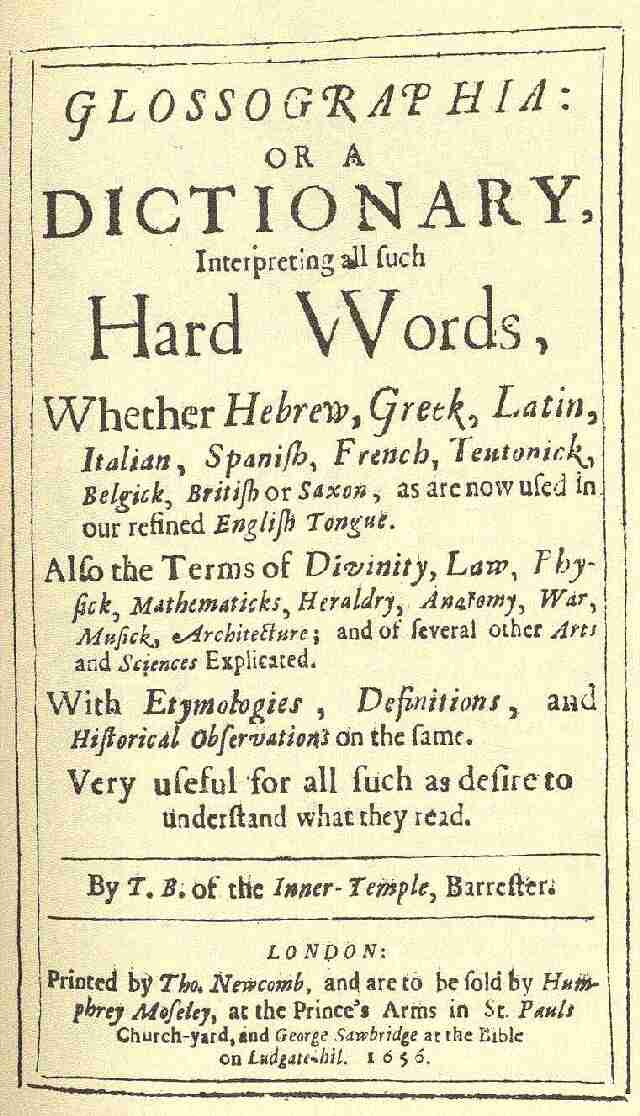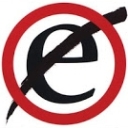
.
Words for Signs, Symbols, and Accents
In addition to the 26 letters of the English alphabet, our writing is accompanied by a wide range of punctuation marks, auxiliary signs, archaic letters, diacritical marks, and other symbols. Many of these have their own names, and this list provides the little-known names for 40 of these weird characters and symbols. Curiously, some of the signs in most common usage today, like @ (the 'at' sign), have no commonly used single English name (although many have been suggested over the years), and are thus excluded from this list. Unlike most of the glossaries of the Phrontistery, this one has an additional column that should show the proper appearance of the signs associated with these weird words.
agma
asterism
breve
caesura
caret
cedilla
circumflex
crotchet
diaeresis
diesis
diple
edh
ellipsis
guillemet
hacek
hedera
interpunct
interrobang
ipseand
lozenge
macron
macrotone
makaf
obelisk
obelus
octothorp
ogonek
pilcrow
punctus
schwa
semiquote
separatrix
solidus
stenotone
thorn
tilde
tittle
umlaut
virgule
yogh
ŋ
⁂
˘
|
^
¸
^
[
¨
‡
>
ð
…
«
̌
❧
•
‽
&
◊
¯
¯
-
†
÷
#
˛
¶
.
ə
'
|
/
˘
þ
~
·
¨
/
ȝ
symbol or sound for a velar nasal consonant "ng"
cluster of three asterisks arranged in triangle to draw attention to passage
mark over letter to indicate a short vowel sound
vertical line in a text used to indicate a pause or prosodic break
mark used to note an omission
mark placed under letter c to indicate pronunciation as s
accent mark placed above vowel to indicate sound change
square bracket
two dots placed over a vowel to indicate a syllable break (naïve)
double dagger sign
mark in margin of text to indicate rejected verses or new paragraph
letter in Old English representing voiced 'th' sound
three dots used to indicate a break, pause, or unfinished thought (…)
angled quotation marks used in French and some other foreign texts
mark placed over consonant in Slavic languages to indicate palatalization
ivy-leaf sign used to separate paragraphs
point or dot between words in•place•of•spaces
combination of exclamation point and question mark
old name for the ampersand
diamond-shaped mark indicating possibility in formal logic
straight line placed above vowel to indicate stress
macron; straight line placed above vowel to indicate stress
hyphen used to join words in Hebrew texts
dagger sign used as a critical mark or note
division sign; mark used to indicate unacceptable passages
hash; pound sign
mark placed under Slavic consonant to indicate nasalization
paragraph-mark
point used in medieval manuscripts to indicate a short pause
letter indicating a neutral vowel in unstressed syllables
single quotation mark
straight vertical line formerly used to separate integers from decimals
forward slash
breve; mark over letter to indicate a short vowel sound
letter in Old and Middle English representing unvoiced 'th' sound
mark indicating approximation or, over a letter, nasalization or palatalization
dot over the letter i or j
two dots placed over a vowel to indicate change in vowel sound (Führer)
forward slash
letter in Middle English representing y or 'hh' sound
I hope you have found this site to be useful. If you have any corrections, additions, or comments, please contact me. Please note that I am not able to respond to all requests. Please consult a major dictionary before e-mailing your query. All material on this page © 1996-2021 Stephen Chrisomalis. Links to this page may be made without permission.
